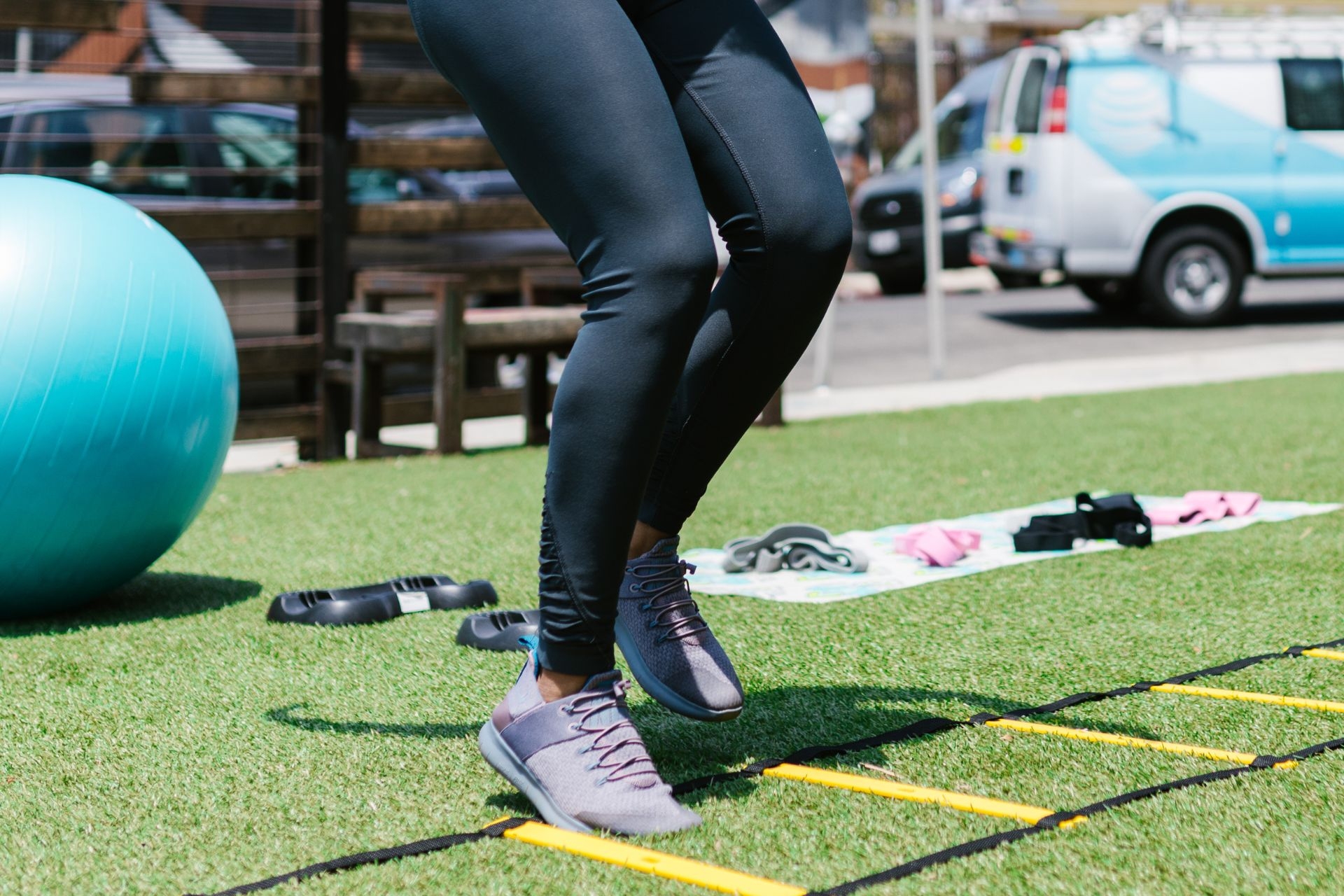Micro Progression Techniques
What are the benefits of using micro progression techniques in weightlifting?
Utilizing micro progression techniques in weightlifting offers numerous benefits, such as allowing for gradual increases in weight or intensity, which can help prevent injuries and overtraining. By making small, incremental adjustments to the workout routine, individuals can steadily progress and improve their strength and performance over time. Additionally, micro progression techniques help individuals focus on proper form and technique, leading to more efficient and effective workouts.
Techniques and Exercises Utilized In Resistance Training Routines






